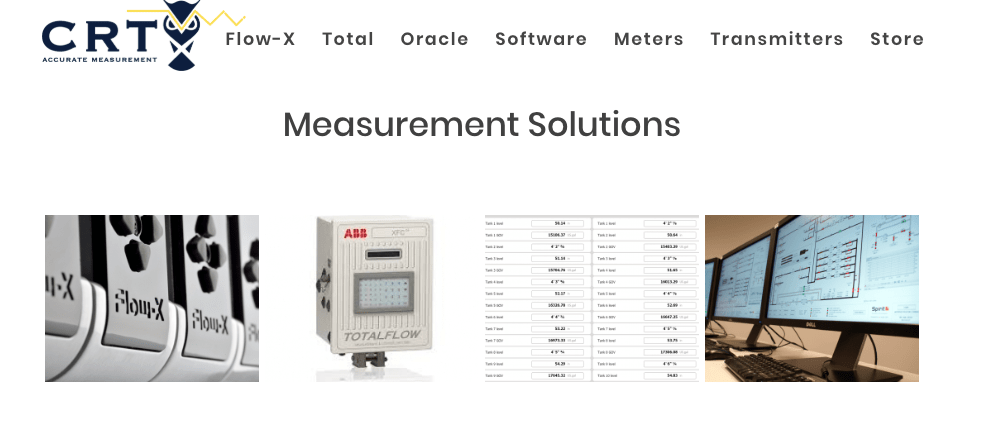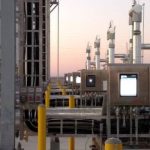Volume Flow vs. Mass Flow
Volume flow is okay if your product is sold by volume. But mass flow measurement is simply the most accurate way of measuring the actual amount of a substance moving through a pipeline. Mass is related to volume by density. The greater the density of a substance, the larger its mass will be for the same volume. Mass equals volume times density. So simultaneous measurement of volume flow and density gives mass flow. Telling us exactly how much of a substance we have.
High Viscosity Liquid Measurement
With a liquid like water, you can accurately access mass by measuring volume (mass flow measurement) because the density is known and doesn’t vary much. Many high viscosity liquids are sold by mass which is often mistakenly called weight, but that’s another story. Different grades of oil have different densities. By measuring the mass of a quantity of oil as it dispensed and dividing it by the volume, you can immediately verify the density and therefore the grade of oil you have bought. For that, you need to know the mass and a mass flowmeter will tell you this.
Mass Flow: Quantitative and Qualitative Information
So in short, mass flow can tell you the quantitative and qualitative information about a liquid that volume flow cannot tell you. Now, where mass flow measurement from ABB really comes into its own is with gases. Although gases still have the same rules, mass equals volume times density. They simply refuse to behave. The volume of a pure gas under ideal conditions is directly proportional to its mass. So measuring the volume can tell you exactly the mass of the gas you have. Meanwhile, in the real world where gases are never pure and process conditions are never ideal, they’re all sorts of ways to calculate the amount of gas flowing in a pipeline from its volume.
Related Links: CRT Technical Library
Benefits Of Using Mass Flow Measurement
You’ve got your standardized cubic feet and then there’s normalized volumetric units or actualized volumetric units. Then there’s steam which is almost the same as a gas but not quite, where the density of dry saturated steam is directly proportional to a defined temperature and pressure curve. Confused? Then just use mass flow measurements so you know what’s what. Like how much-compressed air you were using in different parts of a system or how efficient your boiler is without worrying about any of these complex and totally unnecessary calculations. So to re-cap. Just use mass flow instead of volume flow and know exactly how much of any sort of fluid is flowing in a pipeline straight away with no calculations and no error.






